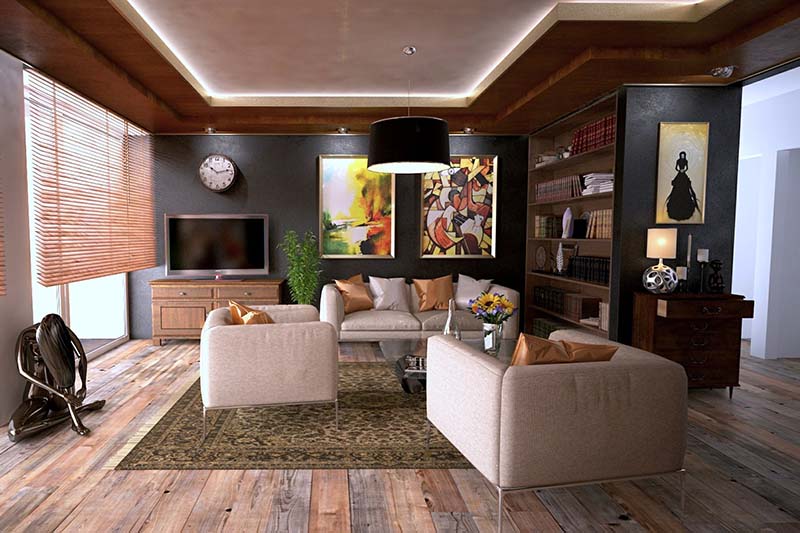Art has the power to transform a living space, infusing it with personality, creativity, and a sense of individuality. Whether you’re a seasoned art collector or just starting your journey, integrating art into your interior design can be a deeply rewarding experience. In this article, we’ll explore tips and ideas for seamlessly incorporating art into your home.
1. Start with a Blank Canvas
Before diving into art selection, take a step back and assess your space. A neutral backdrop, such as soft gray or beige walls, provides an ideal canvas for your art to shine. Neutral colors create a versatile foundation that complements various art styles and colors.
2. Define Your Style
Consider your personal style and the overall theme of your home. Are you drawn to modern, abstract art, or do you prefer classic, traditional pieces? Understanding your style will guide your art selection process and ensure a cohesive look.
3. Scale Matters
Pay attention to the scale of your art. Large pieces can dominate a room and become a focal point, while smaller works can be grouped together for a gallery wall effect. Ensure that the scale of the art is proportional to the size of the wall and the furniture in the room.
4. Mix and Match
Don’t limit yourself to a single art style or medium. Mixing different art forms, such as paintings, sculptures, and photography, can create a visually stimulating and eclectic atmosphere. Contrasting styles can add intrigue and depth to your design.
5. Create a Gallery Wall
Gallery walls are a popular way to display art collections. Arrange a diverse selection of artwork, framed photographs, or even decorative mirrors on one wall. Experiment with different layouts, such as grids, salon-style arrangements, or asymmetrical designs, to find the one that resonates with your space.
6. Consider Framing
The right framing can enhance the impact of your art. Choose frames that complement both the artwork and your overall design. Classic black or white frames offer a timeless look, while ornate frames can add a touch of elegance.
7. Lighting Is Key
Proper lighting is essential for showcasing your art. Use adjustable spotlights or track lighting to illuminate individual pieces. Ensure that the lighting doesn’t create glare or shadows that detract from the art’s beauty.
8. Create Conversation Areas
Position your art in areas where it can spark conversations. Placing art in a living room, dining area, or foyer encourages guests to admire and discuss the pieces. Art can be an excellent icebreaker and a source of inspiration for lively discussions.
9. Personalize Your Space
Incorporate art that resonates with you personally. Choose pieces that evoke emotions, memories, or stories. Art with a personal connection can transform a house into a true home.
10. Rotate and Refresh
Don’t be afraid to change your art displays periodically. Rotate artworks to give your space a fresh look and keep your surroundings inspiring and dynamic. It’s an opportunity to appreciate different pieces in new ways.
11. Support Local Artists
Supporting local artists not only adds unique pieces to your collection but also contributes to your community’s creative culture. Explore local galleries and art fairs to discover hidden gems.
12. Trust Your Instincts
Ultimately, art is a reflection of your taste and personality. Trust your instincts when selecting pieces. If a piece speaks to you, resonates with your emotions, or ignites your creativity, it’s the right choice for your home.
Conclusion: Your Artful Journey
Incorporating art into interior design is an art form in itself. It’s a creative process that allows you to infuse your living space with your unique sensibilities. Whether you’re drawn to classic masterpieces or contemporary creations, art has the power to elevate your home and make it truly yours. So, embark on your artful journey, and let your home become a canvas for self-expression and inspiration.




0 Comments